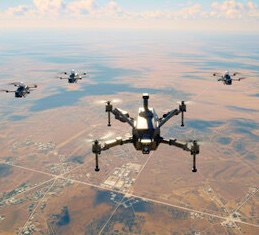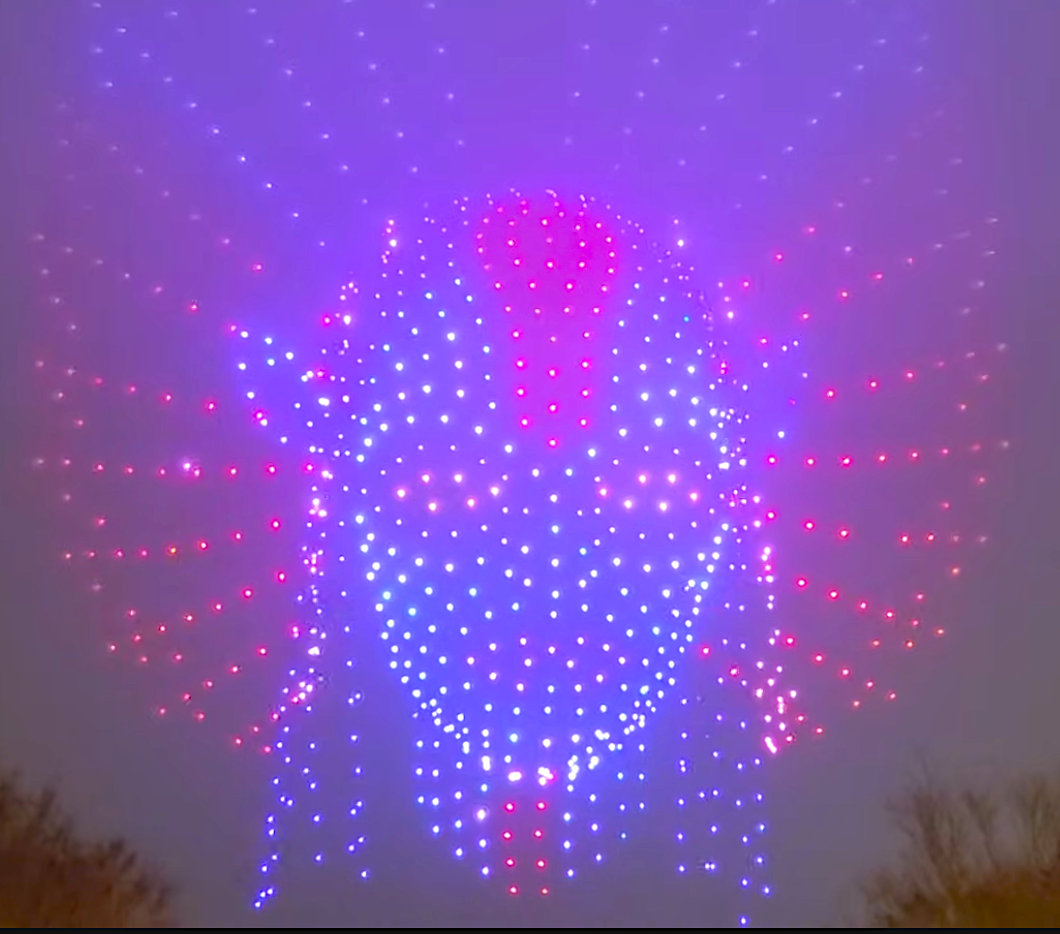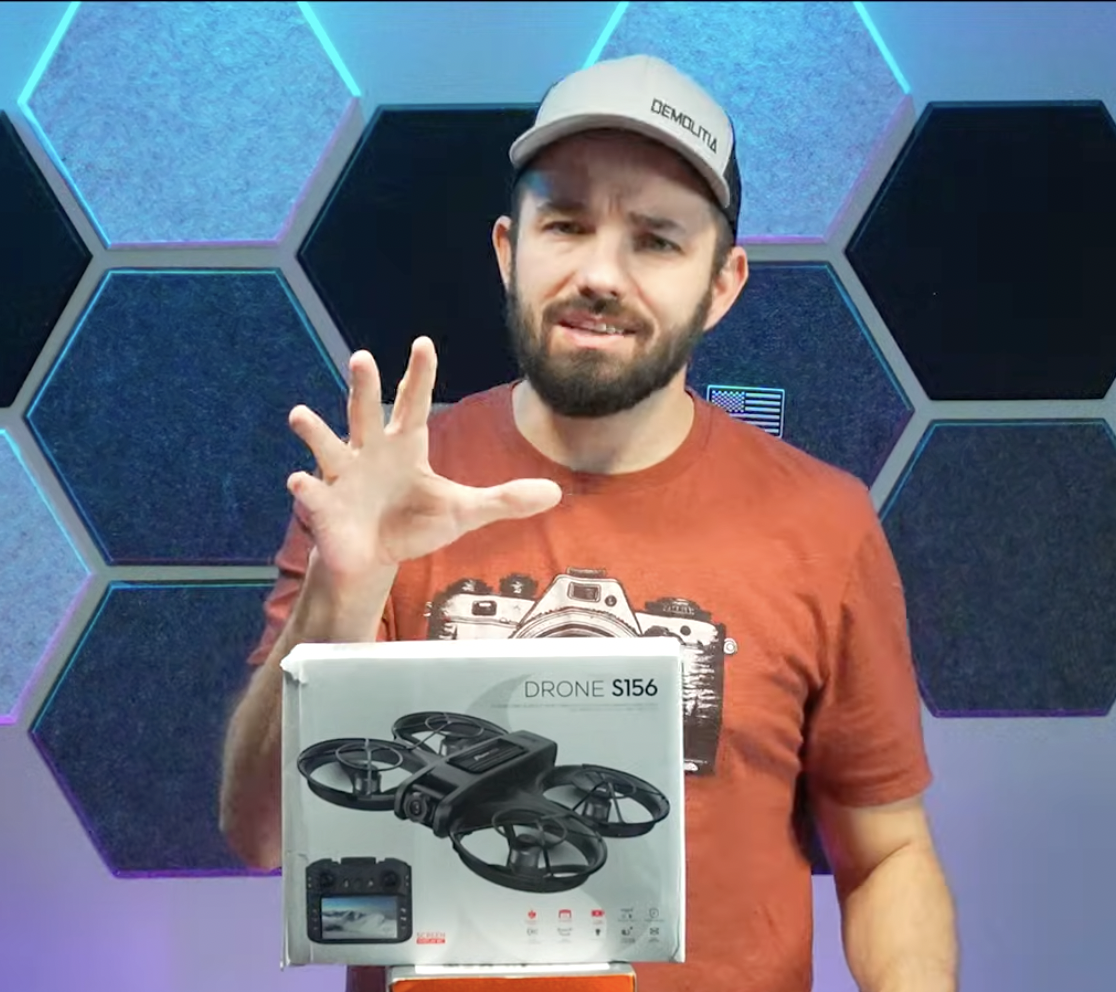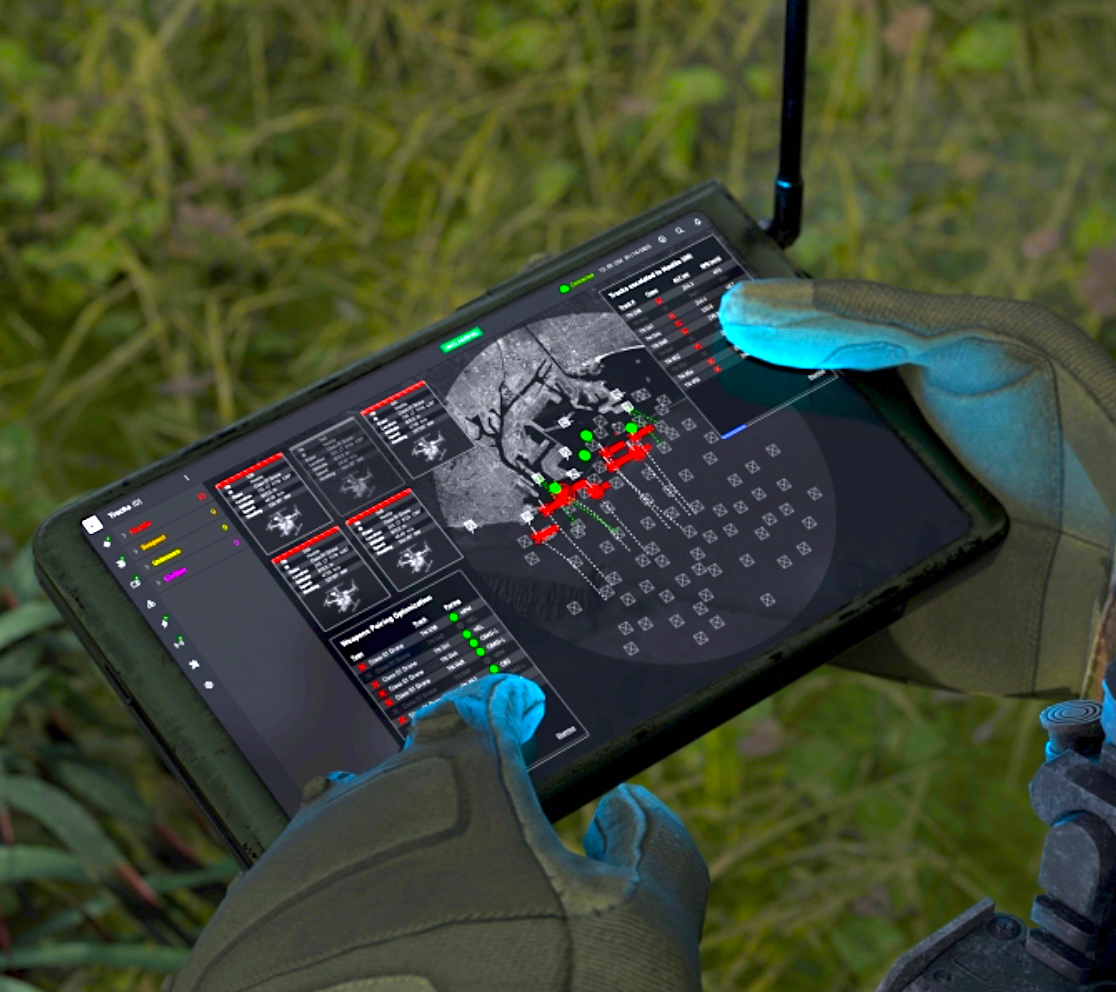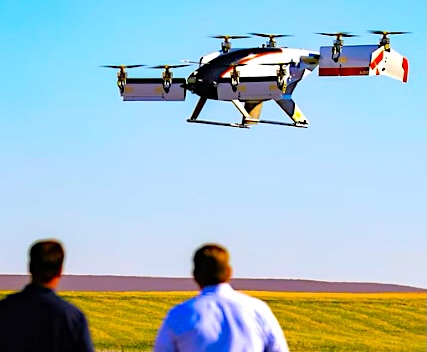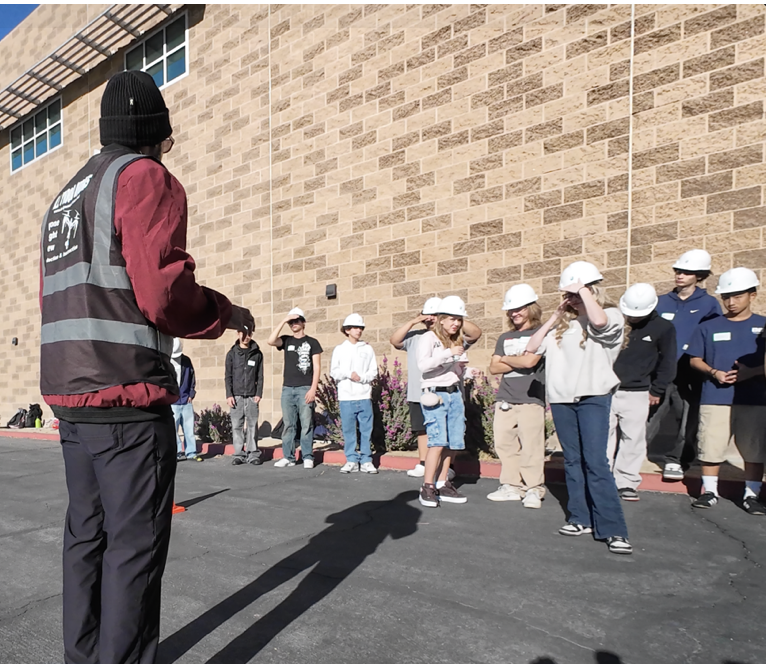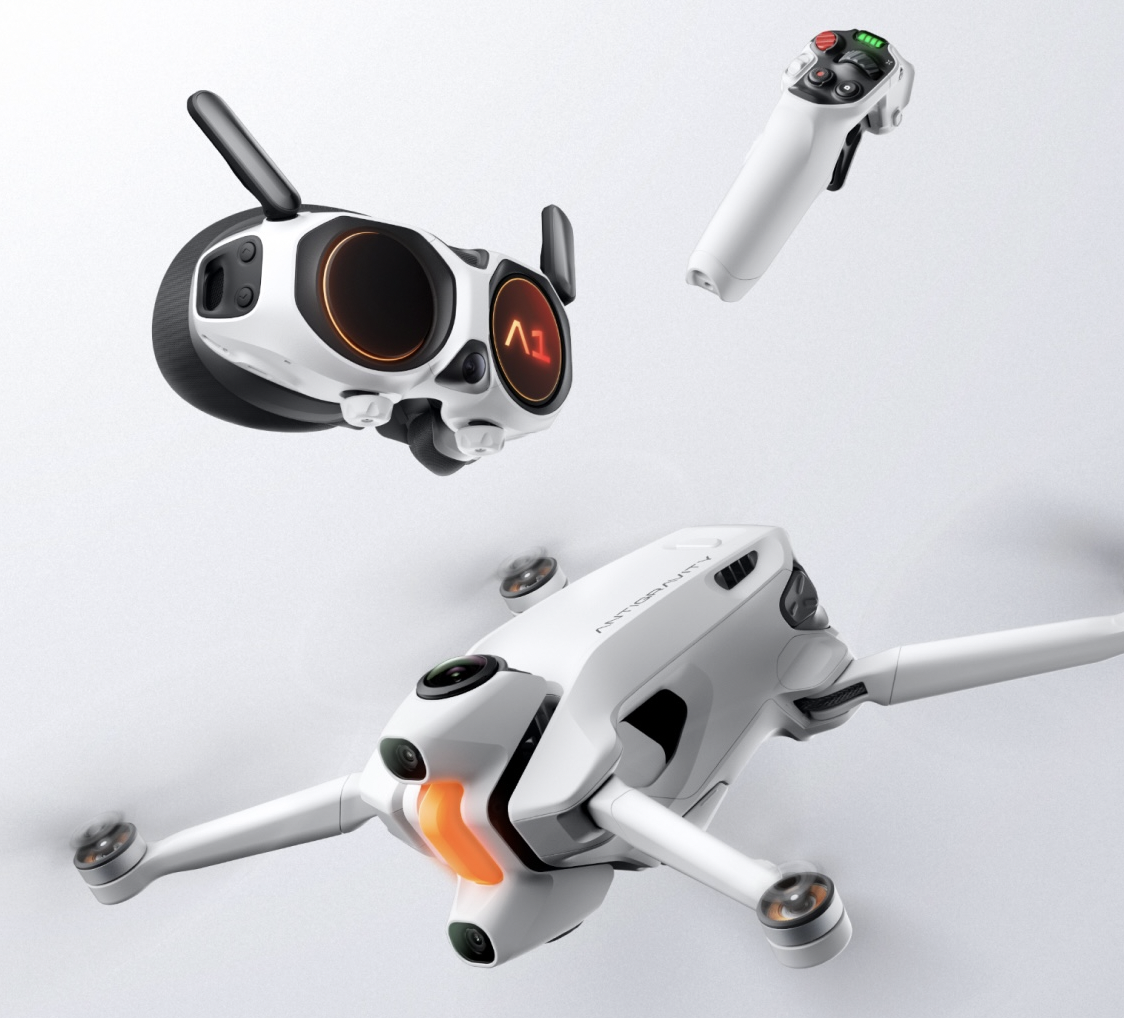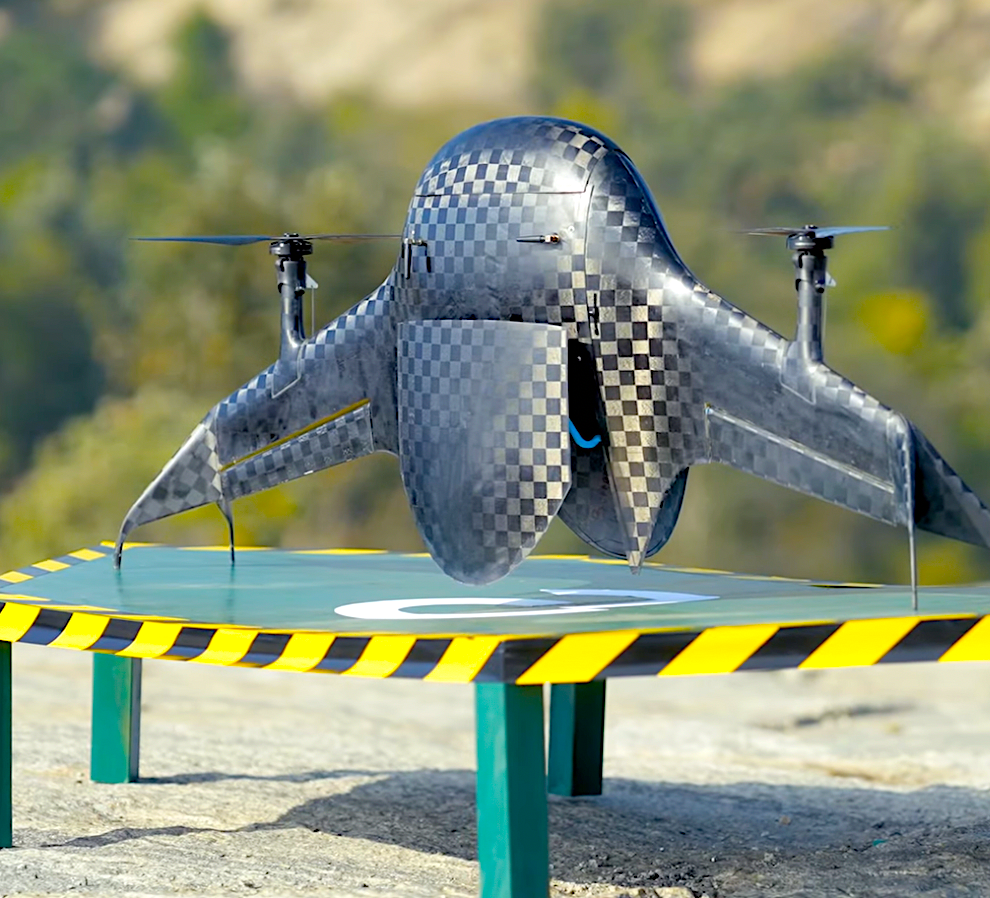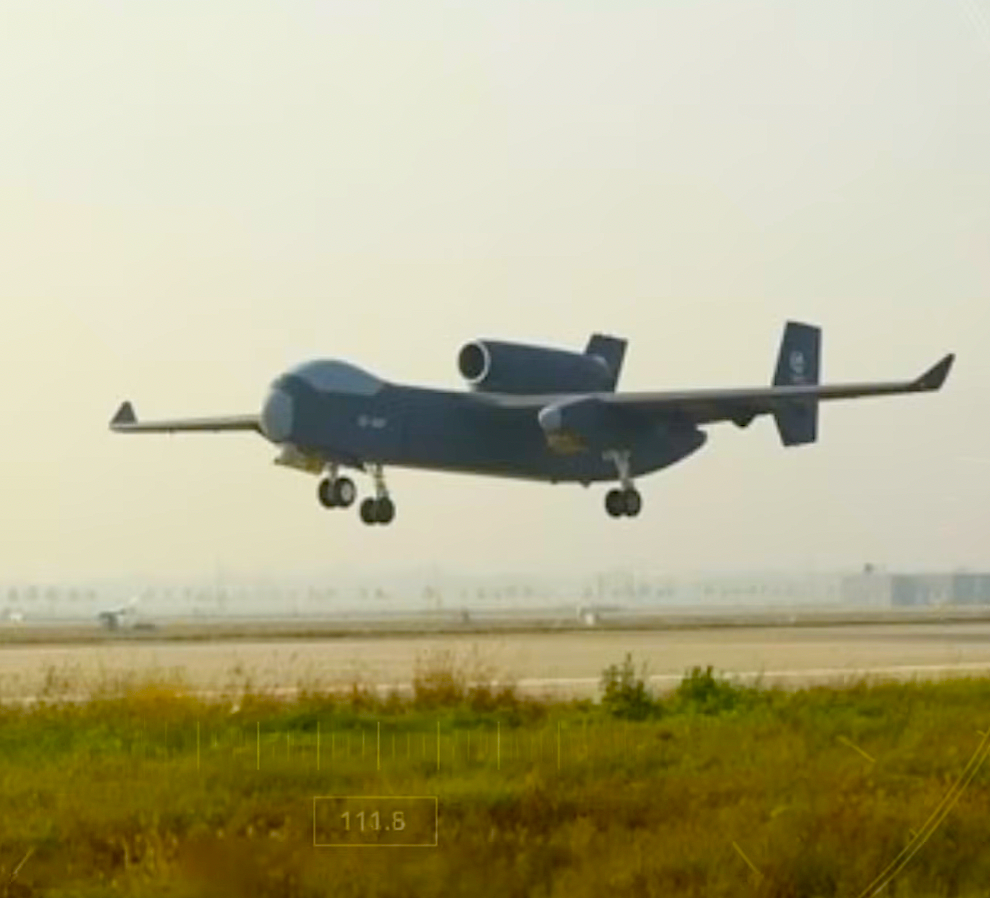Featured NewsDrone EducationFravels FootnoteChris FravelTop 5 Things to Remember When Flying a Drone
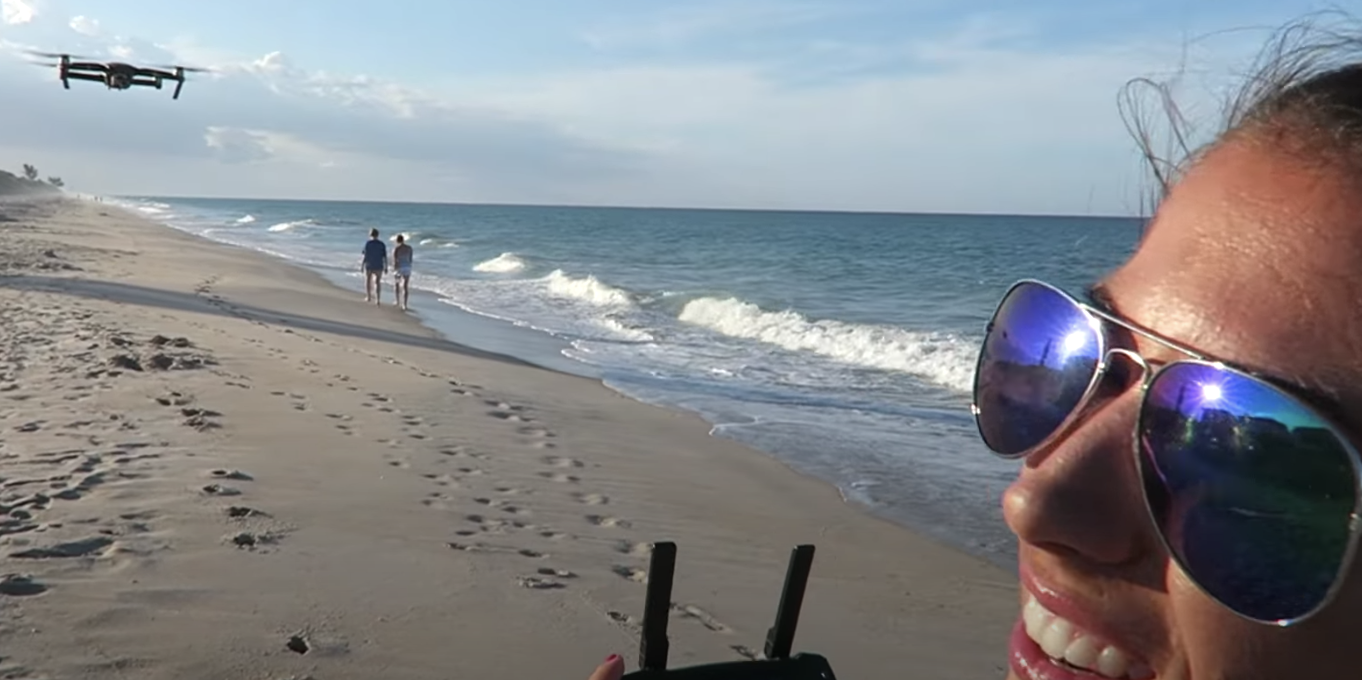
By Chris “The Drone Geek” Fravel
Many people take for granted just how stressful flying a drone can be. Don’t get me wrong, it’s a blast to fly a two-pound piece of plastic and computer parts through the sky at breakneck speeds, but there is also a ton of responsibility that comes with that venture. You have to consider all of the possible risks and work in the realm of “worst-case scenarios.”
Yet, millions of remote pilots take to the skies every year without doing any kind of research or educating themselves on the risks involved with flying a drone. Knowing what you can—and cannot—do during your drone operations is not terribly difficult to learn, understand, and retain. It takes just a few hours of studying to really make some of the nuanced information stick. The surface-level information is nearly all common sense.
Understanding Safe Environmental Conditions

There are videos all over the Internet that show unfortunate weather events knocking drones out of the sky, or a drone taking on too much water during a light rain or heavy fog, or extreme cases such as YouTuber More Pi flew his DJI Phantom Up Close to a Tornado. While it may be tempting to capture the perfect shot in less-than-ideal conditions, it’s important to remember the risk your drone poses when it is compromised mid flight.
In a more-common and less-radical example, let’s say you decided the lighting for a cityscape shot is perfect and you take your drone out to fly. When you get outside, the wind speeds are ridiculously fast, making it hard to open and close doors to your house. While many drones are rated to handle strong winds, everything has its limits and one bad gust can take down even the heartiest of drones. Some worst-case scenarios are that your drone flips over and becomes a two-pound weight, freefalling into a crowded area, or is blown through the window of a building occupied by dozens of people.
It is critical—especially in areas with a dense population—that you do not fly your drone in poor-weather conditions. That includes precipitation, winds, extreme temperatures, and more. Flying in these conditions poses a risk to your drone and anyone within its range during your flight. I use an app called UAVForecast (here are appstore links for Android and Apple) to see detailed information about weather conditions. This app doesn’t just give me the hard facts, it also indicates whether or not the conditions are safe for drone operations—which allows me to plan ahead by up to ten days and avoid flying my drone in unsafe environmental conditions.
Check Your Aircraft Before Take-off
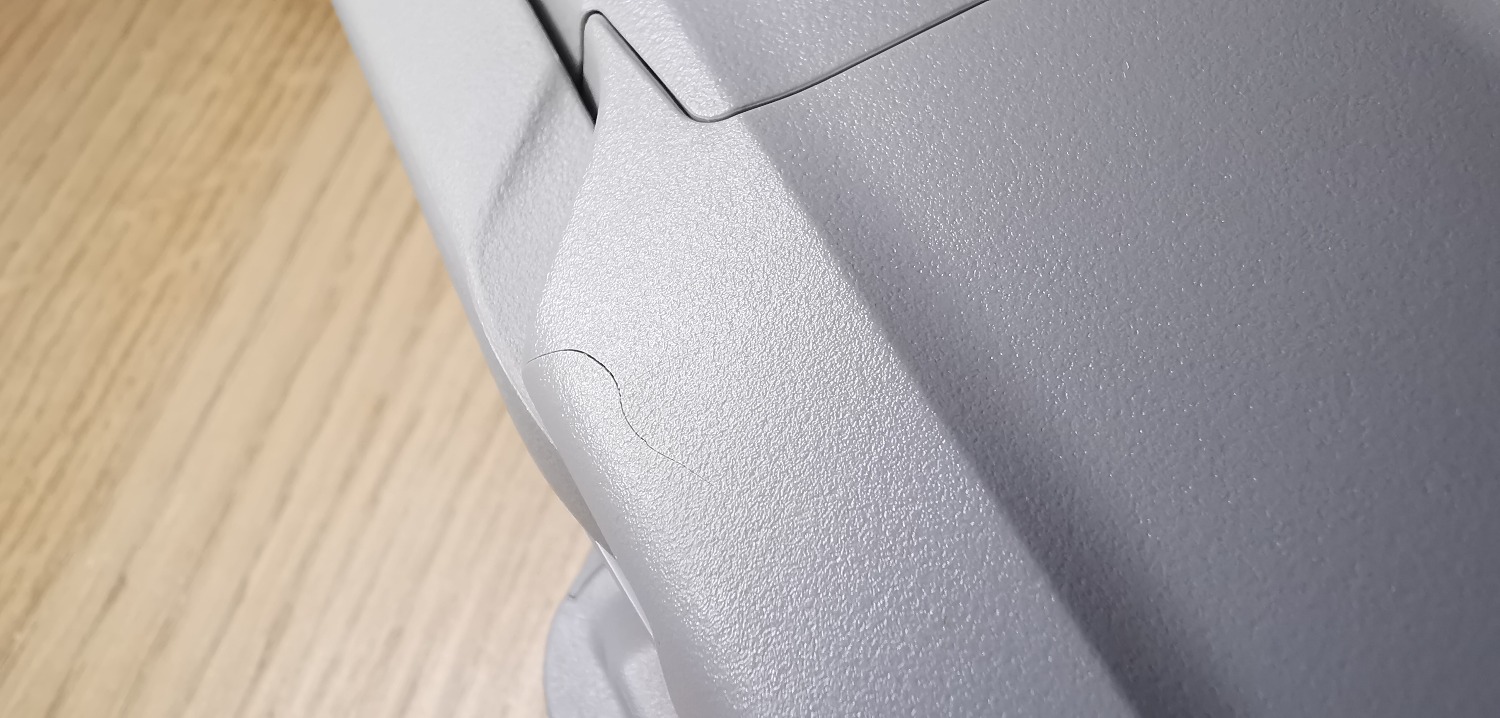
This is perhaps the most violated rule in all of dronedom. If I had a dollar for every time I saw somebody launch their drone without inspecting it, I’d have enough dollars to buy myself a nice dinner at a fancy steakhouse.
It is crucial to conducting a safe flight that you go over every nook and cranny on the body of your drone to check for potential damage, wear-and-tear, or other conditions that might be detrimental to the operation. Here’s a quick checklist that you can reference before and after each flight to ensure the integrity of your drone:
• Are there any cracks in the fuselage—the top shell, undercarriage, or arms and legs?
• Are the motors obstructed by foreign objects, loose screws, or wires?
• What is the condition of each propeller? Are there any cracks, chips, or other damage?
• Are the propellers firm enough to hold shape, but pliable enough to provide proper lift and operation?
• Are the propellers attached to the correct motor?
• Is your FPV camera obstructed by foreign objects, cracks, or markings?
• Is your obstacle-avoidance system operating properly? Does it sense objects at accurate distances? Is it sending alerts when appropriate?
• Are the batteries in good condition with no swelling or constricting, no leaks or holes, and no smells or visible gases?
Ensuring your drone and its accessories are in tip-top condition before and after each flight is important to the health of your drone, as well as the safety of those in the area of the operation. Remember to always keep close tabs on your drone and send it in for parts, replacements, and repairs when you notice an issue. It could be the difference between a few hundred dollars in repair costs or thousands of dollars in liability damages.
Be Aware of Your Surroundings

It may seem obvious, but trust me when I say it is sadly not obvious that a lot of people are not aware of their surroundings when they fly their drone. The airspace we use is traversed by a variety of different bodies and crafts. Birds of all sizes, insects, airplanes, helicopters, hot air balloons, and so many other things are occupying the sky all at the same time. It can be a recipe for disaster if awareness is not the top-priority for all things involved.
We can’t do much to enforce awareness and caution from wildlife, but we can depend on their fierce self-preservation streaks to at least mitigate risk on their end. What we have firm control over is awareness and communication between manned and unmanned aircraft. This responsibility is not created equally though and the brunt of the burden falls on the shoulders of the remote pilot. It is up to the pilot to steer clear of manned aircraft and give them a wide berth when we have to share the immediate airspace with them.
Remember, remote airspace limitations cap-us-off at 400 feet above ground level (AGL). We also must always keep our UAVs within visual line of sight (VLOS). However, we are not bound to those limitations when the safety of a manned aircraft is in question. You will not be punished by the FAA for flying above 400 feet AGL to avoid a collision with a manned aircraft, and you will not be punished for losing VLOS for the same reason.
As we move forward with the development and improvement of drone technology, we are seeing new tools to assist remote pilots in being more aware of their surroundings as it relates to manned aircraft. For example, DJI implemented its AirSense system within their DJI Fly App which notifies the remote pilot in command (RPIC) when a manned aircraft is in their area. aircraft.
Do Not Fly Over People

The Federal Aviation Administration (FAA) recently changed the rule for operations conducted over crowds of people. Prior to the rule change, it was absolutely illegal to fly your drone over any sized crowd. The risk was far too great and that remains true today—even after the rule change.
To give you context, the FAA changed the rule from “do not fly over people” to “do not fly over people…unless you have a drone in this category…or unless you have a drone in these categories and have filed the appropriate paperwork…” It’s not quite that straight-forward, so here’s a link to the details of the specified rule changes for operations over people. Regardless of what the rules might say now, I still do not recommend flying over groups of people if you can help it. While risks can be mitigated, there are a few factors for flying over people that just make the operation unsafe no matter how you slice your reasoning.
First, people can be unpredictable. You could be cruising over a crowd at a concert, and, all of a sudden, a beer can flies through the air and makes contact with your remote aircraft. This will more than likely result in your drone falling from the sky, either causing damage to the drone or hitting a person in the crowd and injuring them.
Second, while the parts and technology are more reliable than they have ever been before, accidents happen and errors occur during computations for the flight. It’s not outside of the realm of possibility that a drone could just fall out of the air on its own without being influenced by outside factors. Some drones have a history of batteries sliding out of the compartment mid flight. The signal between a drone and its controller can be unreliable when there are interferences beyond the scope of human vision.
The point is, there are 100 things that can go wrong randomly or by chance when flying a drone over people. While the shots you get might be cinematic—and the risk to your drone might be worth it—the risk to the people below the drone is never worth it.
Always Keep Your Focus on the Flight

It has happened to most, if not all of us. You launch your drone and inevitably, a little kid or old geezer approaches you to ask all about your drone. It has happened to me so many times that I’m confident enough to go ahead and list the most frequently asked questions:
• How high can it go?
• How far can it fly?
• How long will a battery last?
• Can you see through the camera?
• Can I see through the camera?
• How much did that cost?
• What happens if you run out of battery?
• Do birds ever try to attack it?
Distractions such as these can pull your attention away from your flight. This is unacceptable. When you are flying a drone, you are piloting an aircraft. There is no reason your attention should ever be pulled away from the flight operation. When you are behind the sticks of your aircraft, you must be 100-percent dedicated to the safe operation of your flight.
I find it is always helpful to have somebody tag along while you fly. Whether it’s a fellow drone buddy, a colleague, or a loved one who enjoys watching you fly, having someone there to field questions and act as a liaison between you and the distractions of the world around you is helpful and effective. They can tell you if you need to land the aircraft because of an emergency in the immediate area, act as a visual observer for sticky airborne situations, or simply act as your mouthpiece for any curious onlookers gutsy enough to approach you during your flight.
If you can’t have somebody tag along with you, I suggest investing in a safety vest or signage you can display during your operations to instruct people how to (or not to) proceed when approaching you. It is never rude to tell somebody asking you a question that you need to finish your flight before you can turn your attention to them. Let them know that you would be happy to answer any questions as soon as the flight has concluded. If they are curious enough, they’ll stick around. If not, they’ll usually leave and will not be a distraction anymore.
In Conclusion…
It’s easy to look at consumer and prosumer drones and write them off as toys that are not capable of causing damage or harm to anyone or anything. But operating drones comes with a tremendous amount of responsibility and risk. Take the time to think about these things before, during, and after flights to ensure you continue to navigate airspace safely and mitigate risk as much as possible.
